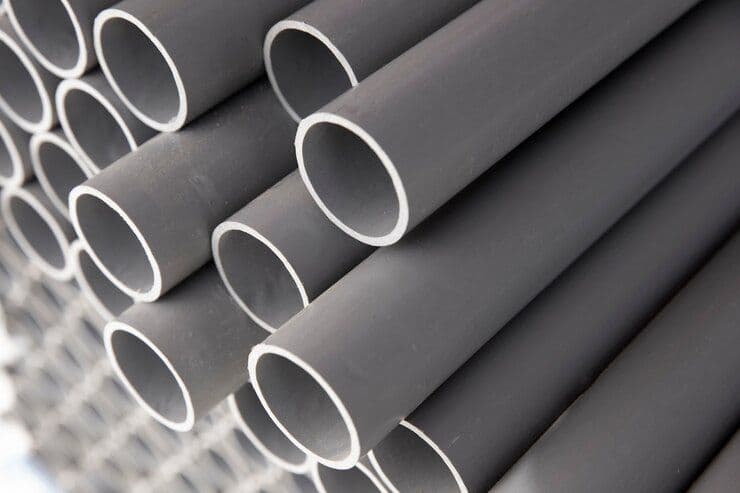How to Choose the Right Pipe Insulation - A Comprehensive Guide
Pipe insulation is a crucial component in maintaining the efficiency and longevity of your plumbing and heating systems. It helps in reducing heat loss or gain, preventing condensation, and enhancing safety by protecting against extreme temperatures. With various materials and types available, selecting the right pipe insulation can be overwhelming. This guide will walk you through the factors to consider, the different types of insulation available, and tips for choosing the perfect insulation for your needs.
Understanding the Need for Pipe Insulation
Before diving into the types of pipe insulation, it's essential to understand why insulation is necessary. The primary reasons include:
- Energy Efficiency: Insulation helps maintain the temperature of the fluids being transported, reducing energy costs.
- Condensation Control: It prevents the formation of condensation on cold pipes, which can lead to corrosion and water damage.
- Freeze Protection: Insulation protects pipes from freezing in cold climates, preventing burst pipes.
- Noise Reduction: It can also dampen noise from pipes, contributing to a quieter environment.
Factors to Consider
When choosing pipe insulation, consider the following factors:
- Material Compatibility: Ensure the insulation material is compatible with the pipe material.
- Temperature Range: The insulation should withstand the maximum and minimum temperatures of the system.
- Environment: Consider the environment where the pipes are located. Outdoor pipes may require weather-resistant insulation.
- Fire Safety: Some areas require insulation materials that are fire-resistant or have a specific fire rating.
- Cost: Evaluate the cost of the insulation material and its installation. Sometimes, a more expensive option can be more cost-effective in the long run due to its durability and performance.
Types of Pipe Insulation
1. Foam Insulation
- Polyethylene Foam: Lightweight and easy to install, suitable for cold water pipes.
- Rubber Foam: Offers excellent thermal resistance and is ideal for both hot and cold pipes.
2. Fiberglass Insulation
- Offers high thermal resistance and is suitable for high-temperature pipes. It's often used in industrial settings.
3. Mineral Wool
- Made from rock or slag, mineral wool can withstand very high temperatures, making it ideal for industrial applications.
4. Aerogel Insulation
- Known for its superior thermal performance, aerogel insulation is lightweight but expensive. It's used in specialized applications.
Installation Tips
- Measure Accurately: Ensure you have the correct pipe diameter and length before purchasing insulation.
- Seal Properly: Joints and seams should be sealed tightly to prevent heat loss or gain.
- Consider Professional Installation: For complex systems or high-performance insulation, professional installation may be necessary to ensure optimal performance.
Conclusion
Choosing the right pipe insulation involves understanding your system's needs, considering the environmental conditions, and selecting a material that offers the best performance for your specific application. By considering the factors outlined in this guide and evaluating the different types of insulation available, you can make an informed decision that ensures energy efficiency, safety, and longevity of your piping system. Remember, the right insulation can significantly impact the operational efficiency and maintenance costs of your system, making it a crucial investment for any residential or commercial property.
